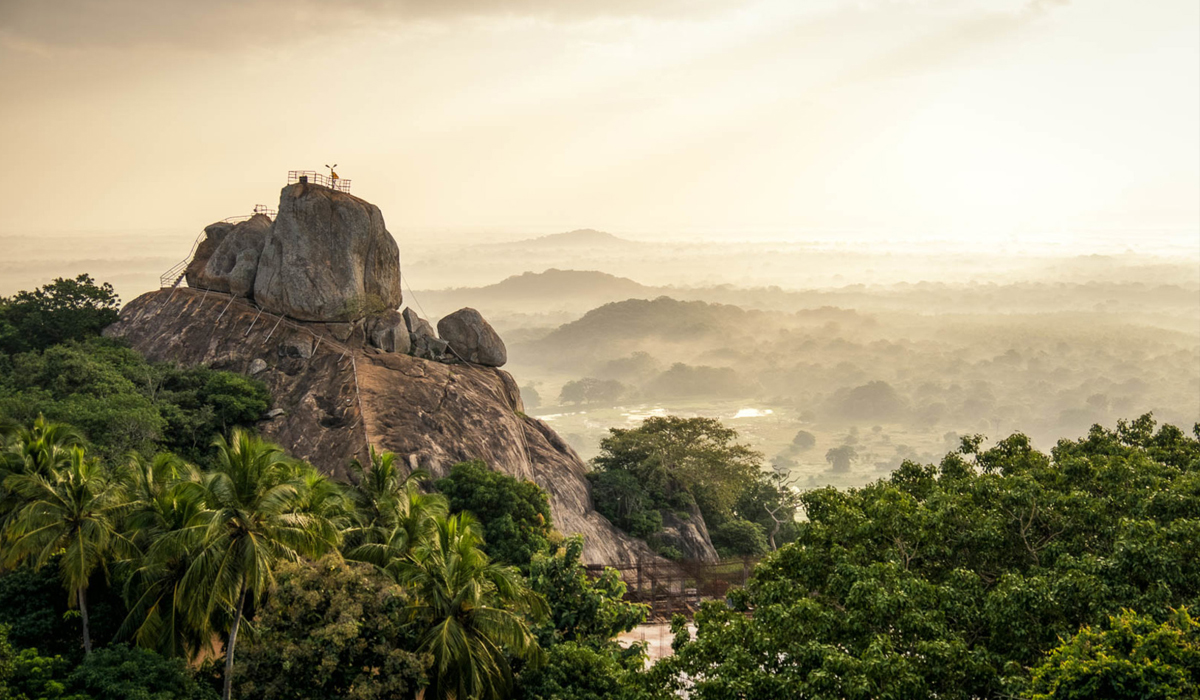The Mihintale rock has been identified with ancient Missaka-pabbata (Missakapawwa), called afterwards Cetiya-pabbata/Cetiyagiri (Sinhala: Seygiri or Segiri) and Ambatthala (Wickremasinghe, 1912). The name Cetiyapabbata means the "Mountain of Stupas" and the name have come into parlance because of the large number of Stupas that have been built at various levels of the rock (Nicholas, 1963; Wikramagamage, 2004). Mihintale is said to be the only
monastery having the largest number of Stupas in the country (Wikramagamage, 2004).
Mihintale is the present name used to identify this site. It roughly means the "Plateau of Mahinda" and is said to have been derived from the name of Arhat Mahinda Thera (Jayasuriya, 2016). A later-Brahmi rock inscription discovered from Mihintale has the name "Mihidala" which is supposed to be the ancient form of the present name (Paranavitana, 2001).
Mihintale has a substantial amount of stairs cut into rock and some carved into granite, there are some 1800 steps, it’s wide steps are a unique feature to Mihintale. You will note a Refectory that serviced a large number of monks with inscriptions that mention the amount of cooks and service providers. Its main shrine is at about the same elevation of the refectory. Interesting to note that King Mahinda (956-972AD) has inscribed a formidable inscription on a polished granite slab of rock that depicts detailed information of the Monastery.





